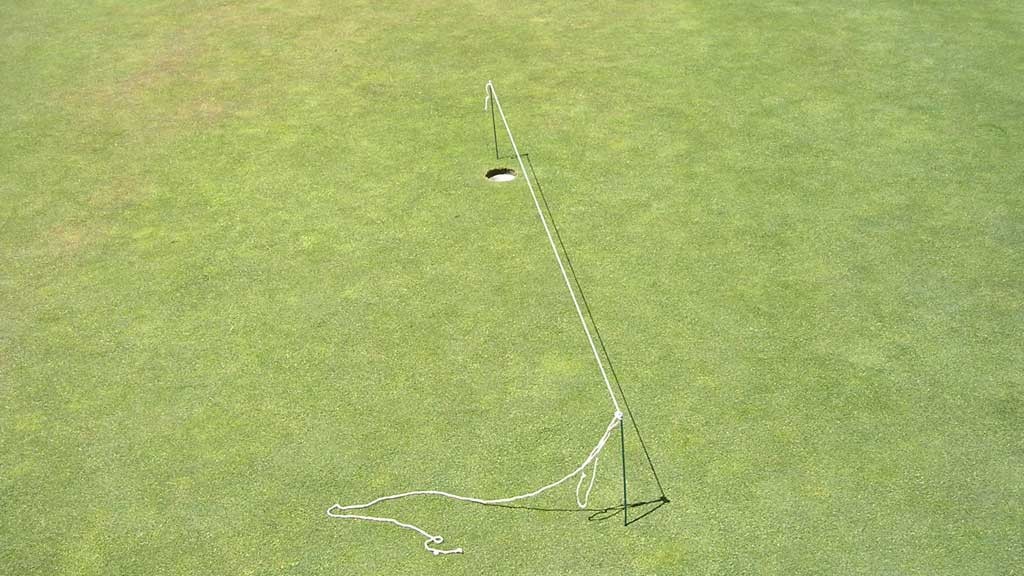[Note: This post has been superceded by Do You Play From the Right Set of Tees-Part 4]
Last February, I posted some advice on playing from the right set of tees based on how far you normally hit your drive. If you hit your drive 225 yards, then around 5,600 yards is the right set of tees for you. That calculation is based on the average driving distance of touring professionals and the length of courses they play. See that post for the details.
Now the United States Golf Association and the PGA of America has gotten into the act, and is singing the same song. They recently started a “Tee It Forward” campaign to urge golfers to play from the tees that reflect their ability, not their ego.
Based on driving distance, they recommend these course yardages:
DD CY
300 7,275
275 6,800
250 6,300
225 5,900
200 5,300
175 4,500
150 3,600
Those are actually the mid-points of suggested ranges. Their formula is somewhat inconsistent, but if you do the math you’ll see that the CY to DD ratio at DD=300 is 24.3. It climbs to 26.5 at DD=200, then descends again to 22.0 at DD=150.
About the time I made my earlier post, I talked to the supervisor of the men’s club where I play and pointed out that our weekly competitions are played from a set of 6,400-yard tees, and a set of 5,900-yard tees is available.
There are a few, but not many, guys in the club who routinely hit it 250 off the tee. There are a lot of them who come in reliably at 225. Maybe I’ll suggest this to him again, because the Establishment has taken up the cause and it’s not just some guy with a calculator and too much time on his hands.
Sure, the bombers would shoot better scores, but they always shoot better scores than the rest of us right now. Maybe we could have two flights – a white tee flight and a gold tee flight. There’s a set of red tees at 5,100 yards, and some of the guys should really be playing from those, but I won’t go that far.
So again, I say make an honest assessment of your skills, and play from the right set of tees. You’ll get more pars, play faster, and have more fun.
See I Played From the Red Tees Today
My new book, The Golfing Self, is now available at www.therecreationalgolfer.com. It will change everything about the way you play.
Footnote: June 16, 2011
The June 17, 2011 issue of GolfWeek magazine printed my letter regarding this campaign. It reads:
“I was pleased to see the Tee It Forward notice [In the News, June 3]. I blogged earlier this year on the same idea. Touring pros would howl if they had to play an 8,000-yard course every week, but that is what many amateurs do, relatively, by choosing a set of tees that is too long.
“If you’re not hitting short-iron second shots into half the par 4s, you’re playing from the wrong tees.”

